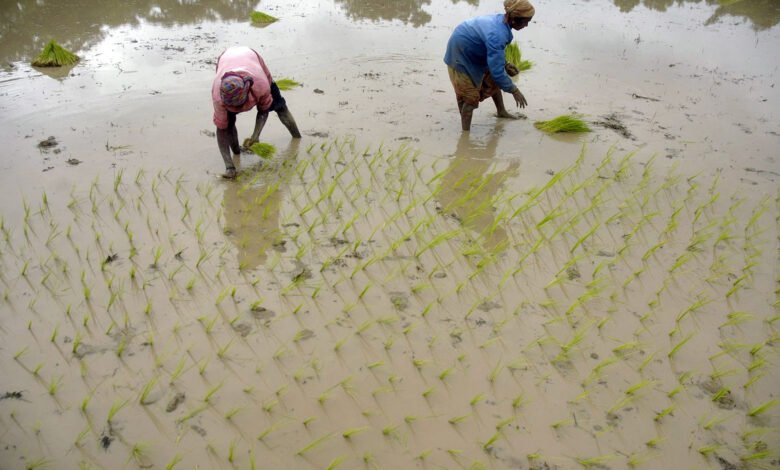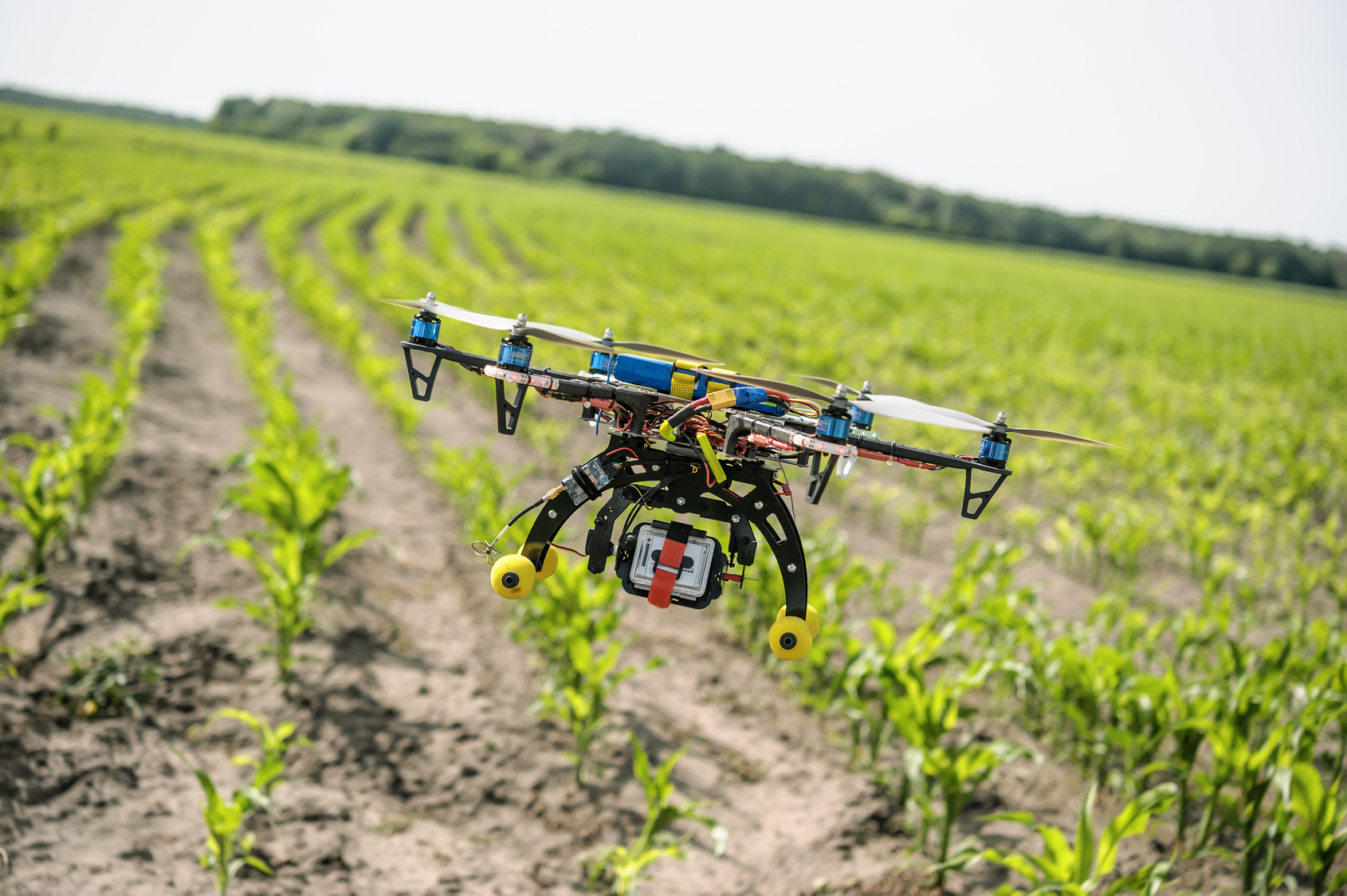India’s agriculture sector is being revolutionized by technology investments

India’s agriculture sector is being revolutionized by technology investments
The world is increasingly being taken over by technological intrusions. With an emphasis on digitalization and automation, the fourth industrial revolution, or Industry 4.0, is upon us. Consequently, farming activities are no longer managed with primitive technologies.
In terms of agritech sophistication, farmers and agriculturalists are also advancing. Agritech initiatives utilizing IoT (Internet of Things), smart logistics, AI, Kisan drones, and machine learning have seen strong investment (ML).
These methods have led to a marked improvement in growth for the Indian agricultural industry over the past two years, with exports reaching an all-time high of around $50 billion. The findings will be scaled up further, starting with NGO awareness efforts and moving on to the government of India’s strong push to modernize India’s agriculture industry. In India’s agritech startups in 2020–2021, $500 million has already been invested, according to a joint analysis by FICCI and PWC.
One of the main employers in the nation today, the agriculture sector saw growth of 3.6% in the pandemic-hit years 2020–2021 and 3.9% in 2021–2022. A glance at some of the initiatives modernizing our agricultural infrastructure is provided below:
Investments in drone technology to reduce labour-intensive farming

An increasingly common farm technology tool, drones are used to apply nutrients and agrochemicals to crops. The Indian agricultural drone industry is expected to grow by four figures by the year 2028. During the years 2022-2028, this domain is expected to grow at a 25% CAGR. These unmanned aerial vehicles lessen the need for manual labour by automatically and effectively dispensing insecticides, herbicides, and soil conditioners at predetermined intervals.
Aerial photographic monitoring of yields is also supported by this technology, allowing farmers to check their fields without having to traverse them on foot. The Indian government just launched a scheme in May 2022 that would provide SC/ST, small, and female farmers who use Kisan drones on their fields 50% subsidies, or Rs. 5 lakh. This subsidy amount for all other farmers was maintained at 40%, or up to Rs. 4 lakh. This attempts to lower the cost of agritech farming, which supports crop evaluation, the digitalization of land data, and the use of essential agrochemicals on farms. This will result in a decrease in labour-intensive costs overall and a general increase in farmer revenue.
IoT investments to automate farming processes

The idea of “smart farming” has gained popularity over the past several years, and one of the biggest changes has been the automation of agricultural processes using Internet of Things (IoT) devices. Sensors are placed in fields to measure the topography of the soil and determine the agrochemical requirements of a specific location. These sophisticated sensors are installed on fields, where they collect vital growth information and generate thorough analytics for farmers to examine on their smartphones.
Even though this technology is still not widely used, it has been predicted that by 2025, linked agricultural practices enabled by the Internet of Things would have increased by three times. These Internet of Things (IoT)-enabled sensors can scan a variety of parameters, including soil quality, water levels, wetness, plant diseases, and temperature, to provide farmers with information and help them tailor their treatments. In addition, IoT technology may be used for water management in the fields, where water flow can be controlled based on the moisture content in the soil or ambient air.
IoT sensors allow for stringent environmental checks in controlled agricultural environments, also known as controlled-environment agriculture (CEA), such as automatically controlling light intensity or even turning on the water as necessary.
Investment in reliable supply channels to lower food loss

According to data provided by the UN, 17% of all food produced worldwide is wasted, and 14% of food is lost between harvest and retail. Inefficient supply chains result in the loss of roughly 45% of the food produced in India, according to figures particular to that country. Some estimates further claim that this results in a yearly financial loss of about $14 billion. Investments in technology can help create a smart logistical system that carries food with the least amount of waste.
A company in India’s food supply chain has received a $5.5 million loan from the United States International Development Finance Corporation to assist the “farm-to-fork” supply chain strategy. As a result, waste and losses are eliminated as products from farms are delivered directly to customers through a supply chain supported by technology. Given that around 30% of the world’s population will be food insecure in 2021, financing for automation and platform-based tracking interventions in supply chains is urgently needed.
In hindsight, the investments in the agritech sector are certain to transform the whole industry and shift India’s agricultural methods from conventional to technologically supported automated farming solutions. The ability to increase revenues, implement safety procedures, and be more effective will be provided by these cutting-edge technologies, enabling farmers to become futuristic. The agritech industry in India is expected to garner $30-35 billion in investments by 2025, according to a recent analysis by Bain & Company, which serves as more evidence of the future’s potential for such technological advancements.




